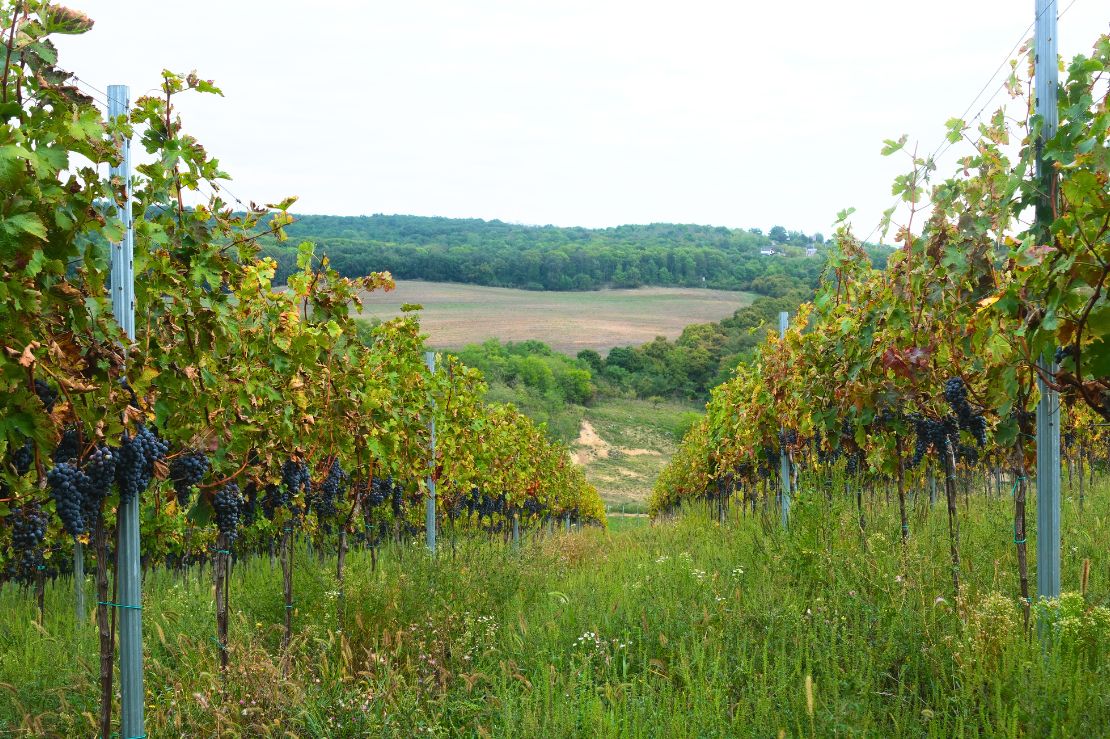Hungary is remembered and unique for many things. Starting with the invention of the Rubric Cube, their beautiful traditional Csárdás dance, the creation of Paprika, and wines produced from their unique landscape.
Since 2024, the Hungarian Embassy in Singapore has initiated a month-long campaign in creating awareness of the nation’s culture, food and drinks. In every event, including the live performance of multiple world’s most talented musicians, to the fashion show of Hungarian designers, Hungarian gins and wines were served as a complement to the occasions, making the atmosphere immersive to reflect the Hungarian hospitality.
Over the Hungarian month, we have tasted lip-smacking wines and geeked out on craft beers. Other than the famous royally sweet wine Tokaj, Hungarian wineries produce equally high quality white wine and the under-explored red wines, accompanied by intriguing folklores for their origins.
Tokaj Sweet Wines for the Royalty
Located on the northeastern of Hungary and southeastern of Slovakia, its volcanic slope with the combination of wetlands and long summers, long autumn, allowing the fruit to ripen for a late harvest with high sugar content to make sweet wine. The sweet wine was so popular that a Tokaj estate literary funded the war independence of Hungary against the Hapsburg.
The region is famed for its Tokaji Aszú sweet wine, a region with unique microclimate that favours the noble rot.
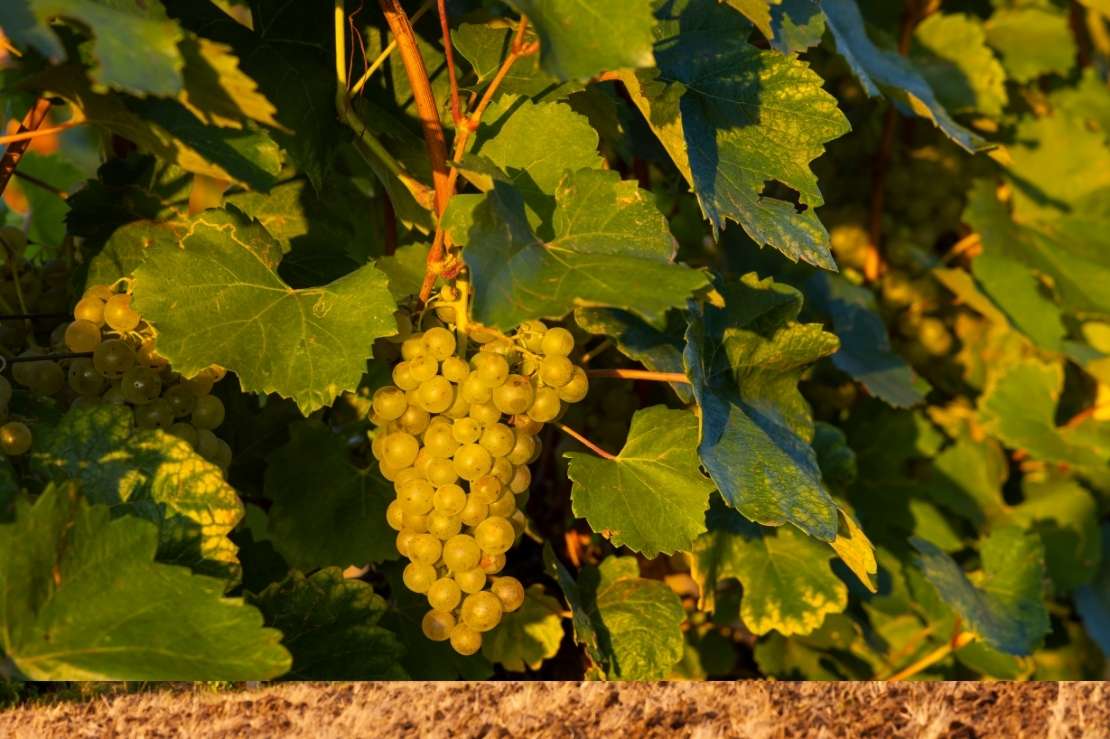
Tokaj Aszu wine nobel rot. [Photo: phbcz]
Two of the Other than Tokaj sweet wine, Hungary’s white, sparkling and red in the region are often overlooked. Two grapes commonly used to making sweet wines, Furmint and Hárslevelű, “Both varieties have been used to produce the Tokaji Aszú for centuries, but winemakers have since discovered that it makes amazing dry white wines as well,” said Jasper.
Tokaj wine is the oldest wine region in the world. It was the most important wine in the world with royals using it as gifts in courtship and diplomacy. The region located by Zemplen Mountains Northeast of Hungary, the Tokaj Wine Region Historic Cultural Landscape has been inscribed on the World Heritage List in 2022.
The sweet wine made in this region with botrytised grapes, also known as noble rot. The region situated at low hills and river valleys with volcanic slopes and wetlands creating a microclimate that lets grapes ripen on the vines and allow fungus to develop. The fungus removes water, leaving sugar, minerals and fruit acids which give the unique rich character of the sweet wine.
King Louis XIV once said that the Tokaji Aszu is the “Wine of Kings, King of Wines” and it has remained true till today with it being one of the most coveted and prestigious sweet wines of the world.
Tokaj wines are categorised by the level of sweetness from dry to sweet, but the minimum sweetness should be between 120-150 grams/litre of sugar to be labelled as Tokaj Aszu. Furmint and Harslevelu, two of the most important grape varietals in making the sweet wine for centuries are often overlooked for their part in dry whites.
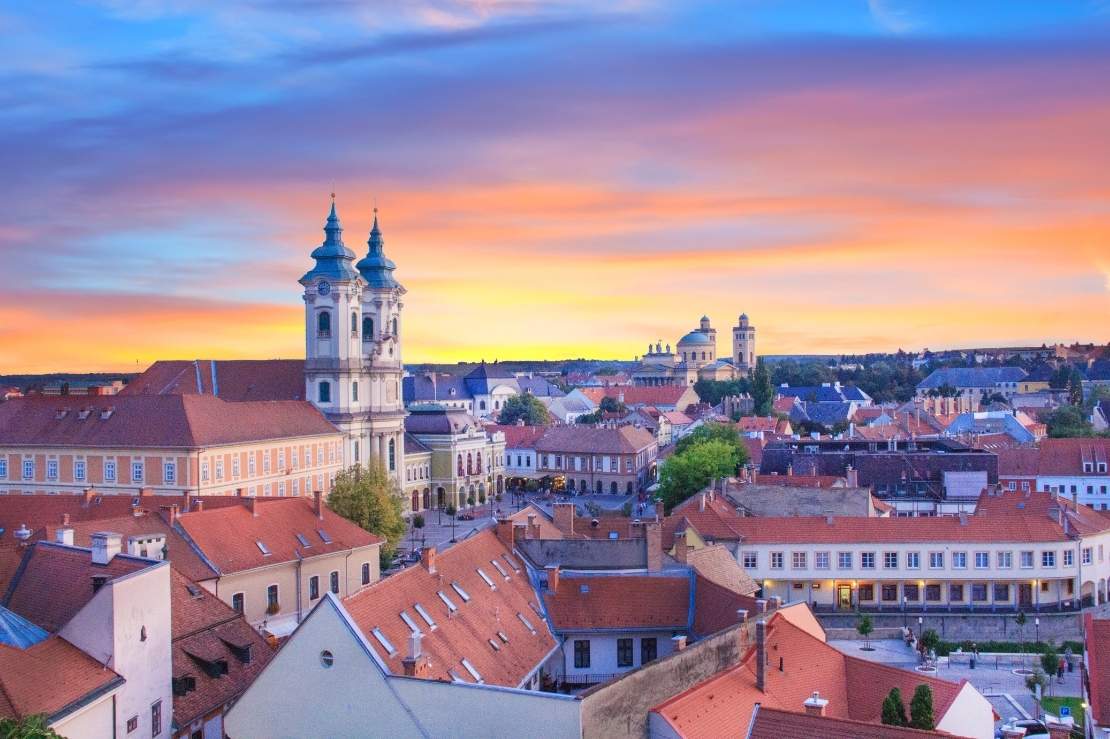
Castle of Eger, Hungary [Photo: Viteevatiy]
Eger: Region ideal for growing both white and red grapes
White Wines Stemming from Folklore
Among the whites, the Egri Csillag (star of Eger) is Hungary’s most famous white blend. It is named after the lights emanating from the watchman huts that guarded the northeastern border of Hungary during the Turkish occupation between the 16th and 17th century. Torches were lit at night by the watchmen to guide travellers passing the Great Plain to the Bükk mountains.
Furmint and Hárslevelű, among other Carpathian-basin varieties, amount to at least 50% of the Egri Csillag blend. The blending guideline has no particular recipe, though it is said that it should be fruity and flora, not aromatic with no specific dominating varietal.
Jasper highly recommend the Boldogsagos Egri Csillag by St. Andrea, run by two generations of family winemakers, focus their wines on traditional grape varietals in the Egerszalók region. Boldogsagos, a blend of Olaszrizling, Harslevelu, Furmint, Szurkebarat, Sauvignon Blanc and Viognier, is a refreshing blend with lemon citrus notes and high in acidity and complexities.
Red Wines as the Spirit of Warriors
Egri Bikavér (bull’s blood of Eger) is Egri Csillag’s red counterpart. Named after another historical event recorded in Géza Gárdony’s 1899 novel ‘Egri Csillagok’ (see how they are related?). The story went that in 1552 when the Hungarian soldiers were defending Eger Castle against the Turks, determined that they’re doomed, consumed the cellars of the wine before succumbing to the besiegers. The wine however, gave them the courage and when they stormed towards the Turks with wine dripping down their mouth, it was thought to be bull’s blood. The enemies were scared off before the invasion.
The blend must include 3 out of 11 traditional grape varieties anchored by the ancient Kékfrankos variety, which typically carries rich tannins and with a pronounced spicy character. Just like Egri Csillag, no particular grape should be dominating.
Badacsony: White Wines
In recent years, winemakers discovered that they make full-bodied wines with floral and fruity notes. Badacsony, a region knowns for its white grapes is a popular region to grow these varietals, as well as Riesling, Olaszrizling and Kéknyelű.
Kéknyelű once almost extinct and Badacsony remains the last stronghold for this grape varietal. Though currently in small amount, high quality wines from this variety is growing in the international market.
Where to find Hungarian Wines and Where to Start
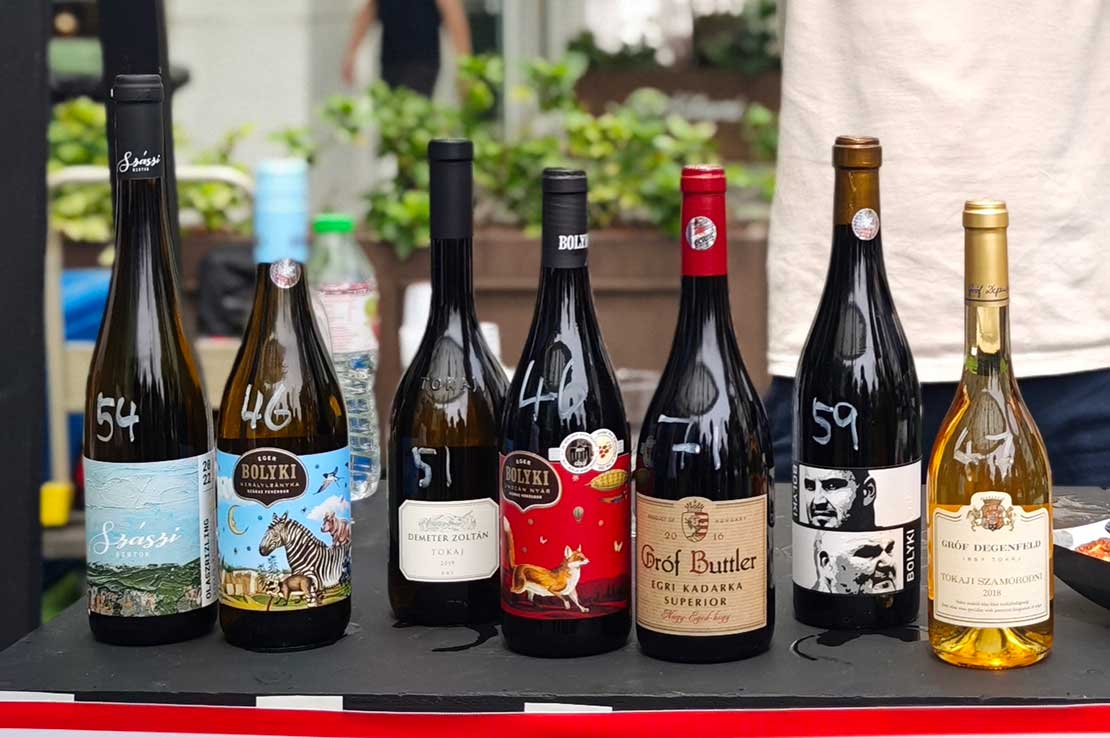
Hungarian wines by BoundbyWine [Photo: Kim Choong]
Nestled in the hipster and trendy Joo Chiat is BoundbyWine, a boutique wine brand co-founded by Elliot Braet and Germaine Wong who love and are curious about wines. The shop carries wines from over 45 countries and the number is growing. The duo's passion is to promote unique and underrated wine regions, that of course now include Hungary, a country with multiple ecological landscapes and rich history for their less explored native varietals.
BoundbyWine offers the renowned Hungarian wines like Egri Csillag & Egri Bikaver from various winemakers, including the Bolyki winery. Established in 1998 by Janos Bolyki, Bolyki winery has grown the winery from the initial 11 hectares to over 27 hectares today, while staying true to his wine philosophy of natural fermentation, blending after barrel aging, and a minimal intervention approach, resulting in wines that reflect Eger's terroir and have a unique, lively character. Producing both traditional wines like Egri Csillag & Egri Bikaver to modern & contemporary wine styles, their wines are bold in every sense of the word.
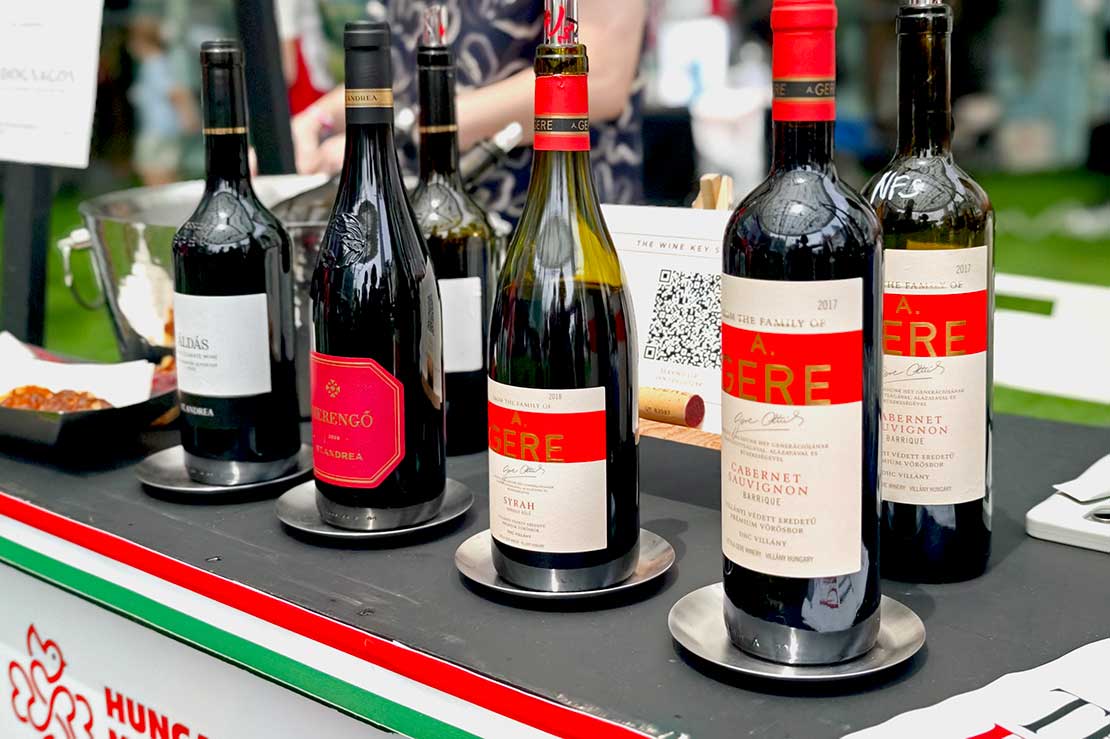
Hungarian wines by The Wine Key. [Photos: Kim Chong]
Established on the foundation that the wine list will always be small and concise, The Wine Key founded by Jasper Foo and Jody Ong goes through a stringent vetting process before deciding to carry the labels under their wing. The few important factors taken into consideration are the winemaker’s ethics, values and winemaking process. More specifically, for their very first portfolios, are Hungarian Wines.
Jasper recommends Gere Attila Winery in Villány (or just ‘Gere’) as an exceptional Hungarian winery. Gere, renowned for working with international varieties, is considered by Jasper to be Hungary’s premier wine producer. They were awarded the title of Winery of the Year 2024 by the Hungarian Wine Academy, the National Council of Mountain Communities, and the Hungarian Association of Wine and Vine Producers. Gere serves as an easy, “most frictionless” introduction to Hungarian wines, particularly for consumers who may be reluctant to try unfamiliar grape varieties and blends. Consequently, The Wine Key leverages a lot on Gere to familiarise people with Hungarian wines through well-known grape varieties.
- T -
